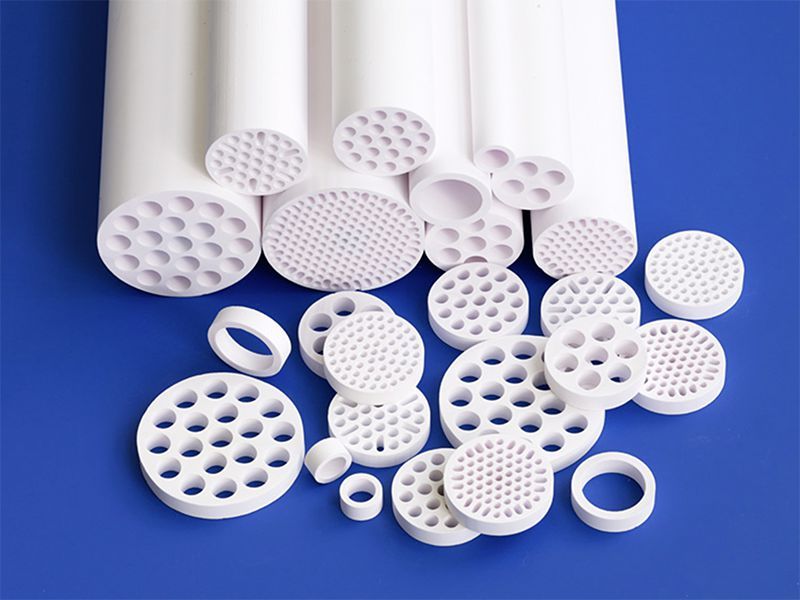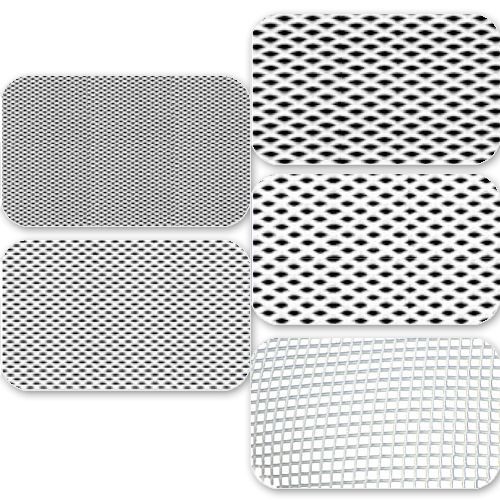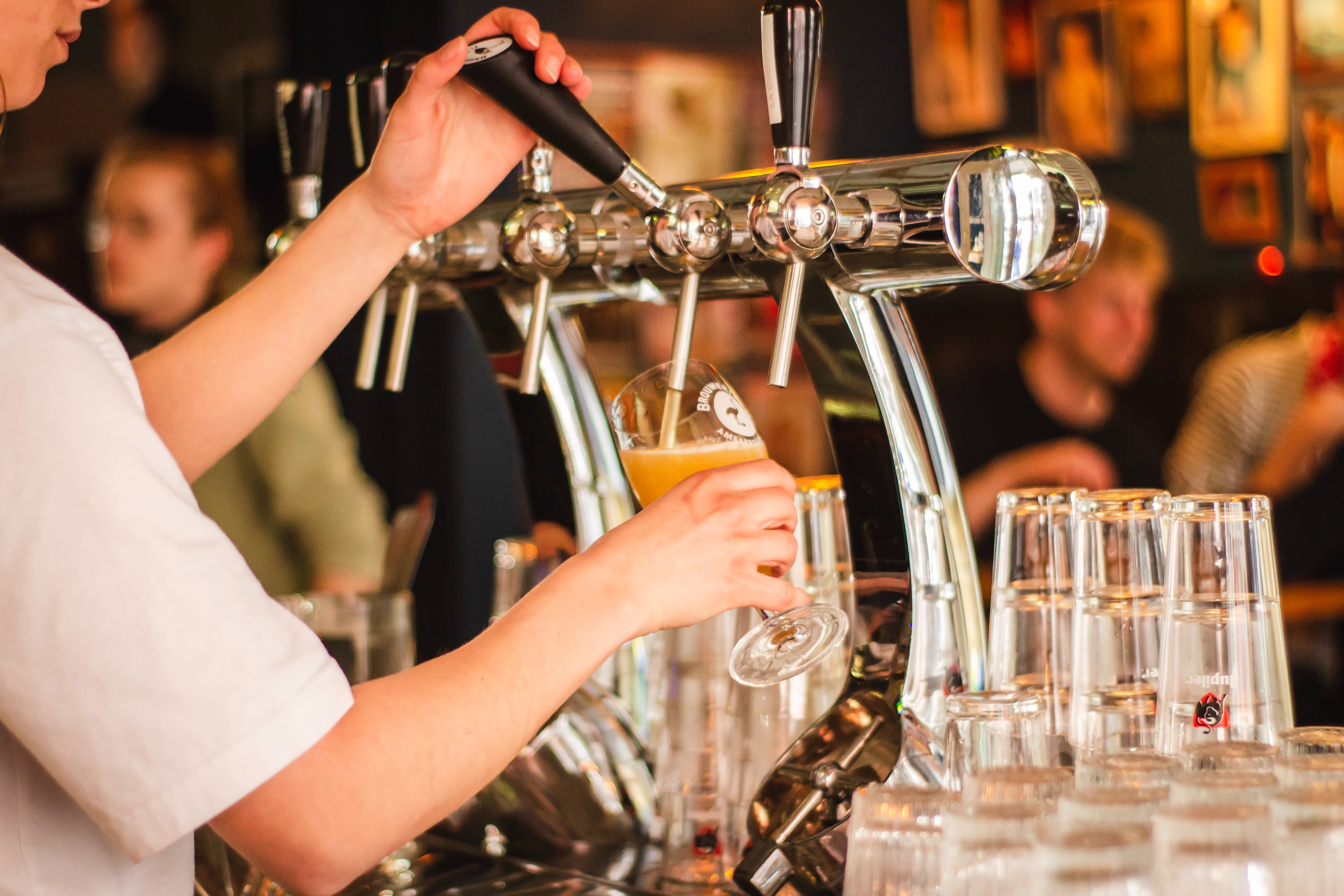Ceramic membranes have long since been regarded for their specific advantages in separation techniques, notably chemical and thermal stability, high flux rates, and potential for regeneration. Made with an α-Al2O3 support layer, the intermediate layers and the membrane are made of TiO2 or ZrO2 depending on pore size.
Such features have led to use in a growing range of applications, particularly in applications involving concentrated caustics and acids.
Interested in exploring the ceramic membrane technology for filtration?
inopor® Ceramic Membrane Test Kits are now available at Sterlitech. Each kit includes:
- Choice of 3 Single Channel Membranes MF - NF





![Join Sterlitech at BIO 2024 [Booth #5558]: Exploring the Future of Biotechnology](https://www.sterlitech.com/media/magefan_blog/b4.jpeg)

